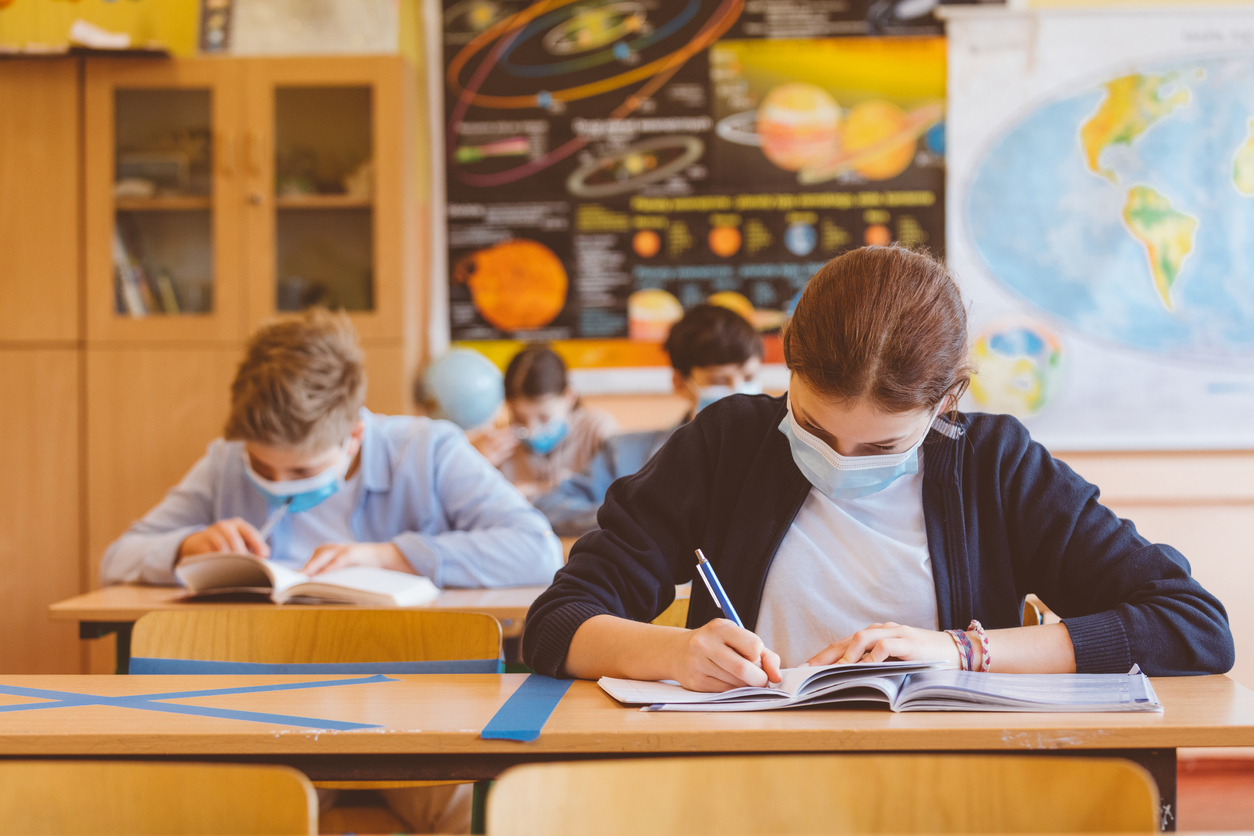
Introduction and summary
In late February 2020, the United States saw its first COVID-19-related school closure—and in just a matter of weeks, almost all the nation’s public schools had closed in response to the pandemic. Most remained closed through the end of the school year.1 School closures have led to increased inequities as well as reduced access to school-based health care services, mental health repercussions, reductions in services for children with disabilities, lower lifetime earnings, and more.2 In short, school closures have had a profound impact on education, health, the economy, and community life.
The COVID-19 pandemic has underscored the value of in-person learning, which requires investments in repairs and improvements to school infrastructure, particularly in disadvantaged communities, so that students are safe, healthy, and able to learn and so that schools are prepared for future threats. According to guidance and recommendations from more than 50 leading science and policy experts in a “Roadmap for Living with COVID,” “During an infectious disease outbreak, schools should be the last to close and the first to reopen.”3 This is not to say that in-person schooling is entirely risk free; the past two years have illustrated various risks associated with reopening schools. But research suggests that these risks can be managed.4
Read more...







